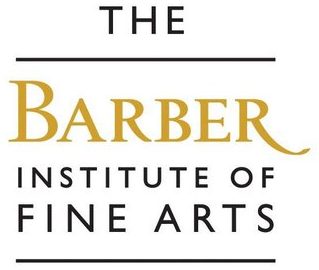Sasanian Coins
Sasanian Coins Who were the Sasanians? Prior to the rise of Islam in the seventh century, the power which most effectively matched the Byzantine Empire in the east was the Sasanian Persian Empire, based around the areas of modern Iran and Iraq, and centred on its capital city of Ktesiphon, near modern Baghdad. In 224 … Read more
